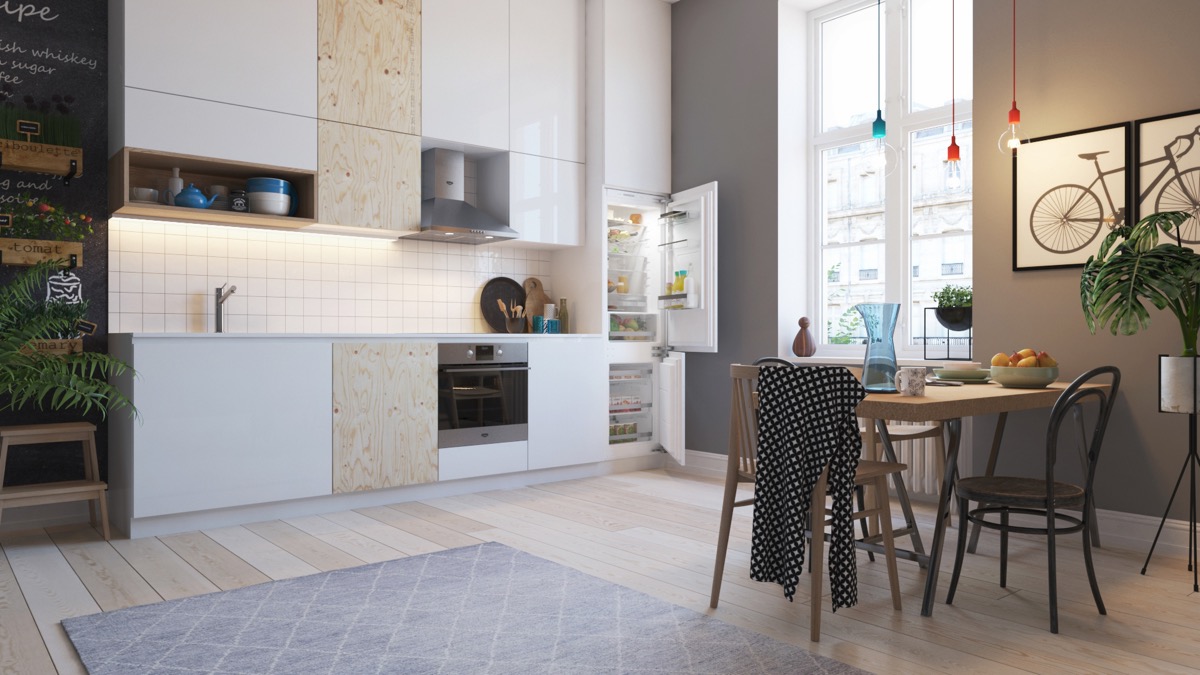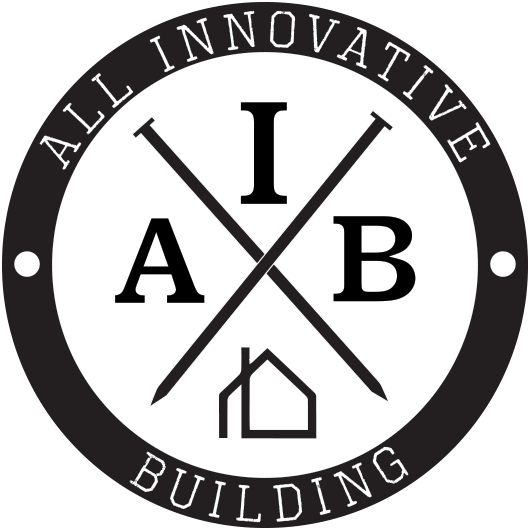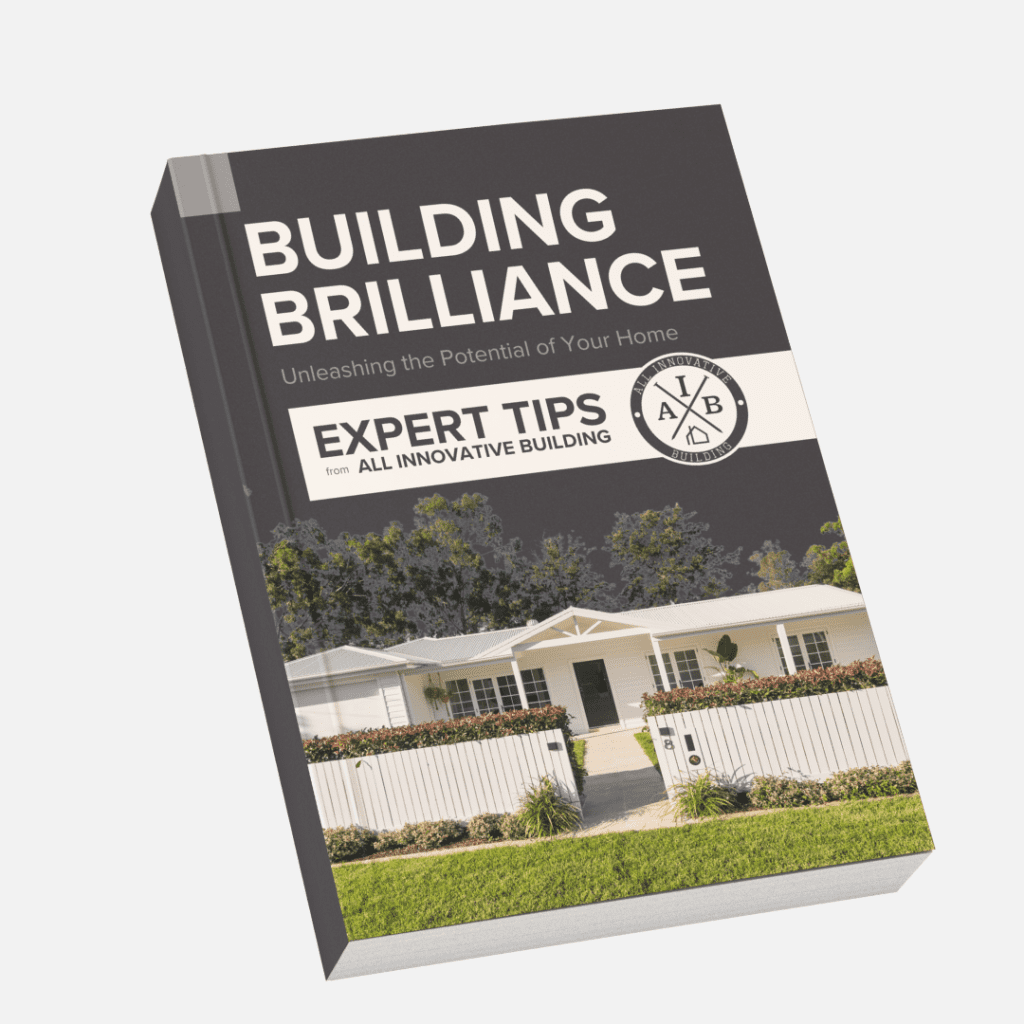
09 Mar Choosing the Right Property to Renovate for Profit
In theory renovating a property for profit should be simple. You invest in a property; make improvements and eventually sell or rent for a higher price which should reflect your upgrades.
At All Innovative Building we recognise property renovations as one of the few variables an owner can influence which can positively drive the value of their investment. Investors have no control on economic outlook, wage growth, interest rates or policy which for the most part determines property prices.
Simply put, a renovator can generate greater wealth through home renovation.
Although the premise sounds easy; own a property + renovate a property = profit, the equation fails to recognise that not all renovations lead to wealth generation. Surprisingly there isn’t a massive margin between success and failure, but nevertheless there is a difference.
Often customers assume renovating success boils down to colour palettes and design layout.
When you’ve been in the renovation game as long as we have, you realise these are the least of your concerns. Profit and loss is determined well before you’ve picked up a paint brush or smashed a new hole in the wall.
So, you ask what does determine success?
Success is determined by the ability to select the “right” property and have the foresight to forward plan to avoid over capitalisation. We’ll demonstrate the process to success below.
First Steps
Purchasing the right property can be a difficult proposition with the countless external variables at play. Broadly speaking, you can drastically influence your chances of success with the more research and analysis you conduct.
We suggest considering the following variables as your starting point to find the right property to renovate;
Research which suburbs are in demand
Vacancy rates
A suburb with a vacancy rate below 3% usually indicates there’s a shortage of rentals available.
Average number of days properties are on the market
The lower the number of days a property is on the market on average in a suburb, the higher demand that suburb is likely in.
Auctions
An increased number of auctions in an area can indicate a higher demand for properties. Agents will push bidders against one another to increase the prices. However, it’s best to look to the clearance rates.
Accessibility, Infrastructure growth and lifestyle
Maybe there’s a new prestigious school in the town or maybe new transport infrastructure makes a suburb a more viable place to live. Look to these accessibility and infrastructure indicators to forecast demand.
We suggest using your data to then determine which type of property is outperforming the market. For example, house prices may be rising at a faster rate compared to the stagnant growth of terraces, townhouses or apartments in your suburb of choice.
The usual culprit is scarcity. If houses for example best meet the needs of the target demographic, that dwelling type is likely to outperform the market.
Selection Process
Don’t go guns blazing and purchase the first property that matches the above criteria.
You must use self-discipline. On face value you could randomly pluck a house from a hat which would appear to be a renovator’s dream. Learn what a good price looks like in the market by analysing properties at the granular level.
Remember that each property within a suburb could be over or undervalued by up to 5-25% to similar properties in the area.
We recommend spending at least one whole month inspecting as many properties as you can to get understand a sense of value in the market.
Your target ideal renovation candidate should be a property that doesn’t match contemporary values. This means it could be a neighborhood where your property is a 1950’s weatherboard build whereas the neighborhood now consists of modernised facades featuring open planned living.
Your property should be structurally sound and not demand a rebuild. You want the flexibility that a structurally sound property allows so you can focus on improvements, not stuck with maintenance and repairs.
Undoubtedly some properties will be undervalued due to significant repair requirements. However, we urge you to err on the side of caution with these opportunities as the larger number of forced repairs is usually proportional to the level of difficultly of the job. Additionally, you’ll find increased problems in forecasting costs and profits of the renovation.
The best advice is to look for easily manageable defects or “easy wins”.
Following this advice will help you better grasp a host of renovation scenarios and understand what represents value. This ensures the likelihood you don’t over capitalise in the pursuit of profit.
Measuring the Property Up
You’ve assessed the property, you’ve determined it has a perfect mix of location, demand and potential, but your diligence isn’t over yet.
There could be a host of dormant problems lurking beneath the surface you must uncover before signing any contract. We recommend getting professional building inspections carried out. Some small upfront expenditure will eliminate guess work from your equation and can save you months or even years of heartache.
For example, just because you can see (or not see) that a property has a termite issue from the visible evidence, without a professional assessment you don’t know to what extent the problem exists.
During this phase we recommend;
- Building inspections
- Pest inspections
- Land/property survey
- Strata inspections
- Electrical inspections
These inspections generally cost between $250 and $1,000 but they’re worth every cent. Inspections may uncover faulty wiring, structure defects, mold and countless other nasty surprises you probably want to avoid.
Starting Your Renovation
The magic now begins, you’ve got your property, and know the renovations you’ll make. But who’s carrying out the work?
You could choose the DIY renovation approach which eliminates professional service costs, but runs the risk of non-compliance and generally a longer project timeline? Or you could hire a professional builder which is usually faster but more expensive in upfront expenditure, usually offering a more polished efficient result.
Your skill level, availability and budget will greatly influence your choice.
We thoroughly explore both sides of the coin; either taking the DIY approach or general contractor approach to your home renovation here. Both options influence your profit potential and you should weigh up your options before making a commitment.
Avoiding Over Capitalisation
As we alluded to earlier renovation success is determined by the foresight to forward plan to avoid over capitalisation, and here’s the quick way to do that.
- Sticking to Your Budget
Costs can exponentially grow out of control. Upgrading to a higher tier of materials contrary to your planning is an easy way to blow your budget.
If you have $5,000 to spend on a material, don’t exceed those costs (with the exceptional of contingency spending). Renovators can easily find themselves making emotional based upgrades and overcapitalising contrary to their budget.
- Purchasing Materials in Bulk
Try to purchase your building materials from one source to negotiate bulk discounts. Best practice is to visit trade stores and show rooms to measure up materials, but ultimately purchase over the phone. Using this process removes the supplier’s ability to size you up and makes the haggling price purely price driven.
Following our guidelines will give you a greater chance of renovating a newly purchased or an existing property and turning a much-deserved profit.
If you’re interested in undertaking a renovation to improve the value of your property we’d love to hear from you. You can contact us here and we can start turning your vision into a reality.



Sorry, the comment form is closed at this time.